
Senior writer Tina Hesman Saey is a geneticist-turned-science writer who covers all things microscopic and a few too big to be viewed under a microscope. She is an honors graduate of the University of Nebraska-Lincoln where she did research on tobacco plants and ethanol-producing bacteria. She spent a year as a Fulbright scholar at the Georg-August University in Göttingen, Germany, studying microbiology and traveling. Her work on how yeast turn on and off one gene earned her a Ph.D. in molecular genetics at Washington University in St. Louis. Tina then rounded out her degree collection with a master’s in science journalism from Boston University. She interned at the Dallas Morning News and Science News before returning to St. Louis to cover biotechnology, genetics and medical science for the St. Louis Post-Dispatch. After a seven year stint as a newspaper reporter, she returned to Science News. Her work has been honored by the National Academies of Sciences, Engineering and Medicine, the Endocrine Society, the Genetics Society of America and by journalism organizations.

Trustworthy journalism comes at a price.
Scientists and journalists share a core belief in questioning, observing and verifying to reach the truth. Science News reports on crucial research and discovery across science disciplines. We need your financial support to make it happen – every contribution makes a difference.
All Stories by Tina Hesman Saey
-
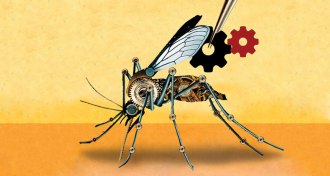 Genetics
GeneticsGene drives spread their wings
Gene drives may wipe out malaria and take down invasive species. But they may be difficult to control.
-
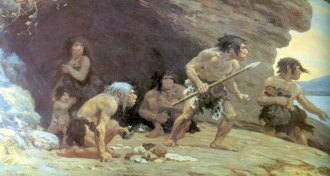 Archaeology
ArchaeologyMystery still surrounds Neandertals
Neandertals’ relationship to modern humans is still a matter of debate.
-
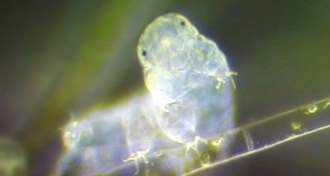 Genetics
GeneticsWater bears are genetic mash-ups
Drying out may help tardigrades soak up new DNA, which in turn aids the water bears in withstanding stress.
-
 Life
LifeDNA doubled in conifer ancestors
The genomes of conifers — pine, cypress and yew trees — doubled twice in the distant past.
-
 Plants
PlantsConifer ancestors had a double dose of DNA
The genomes of conifers — pine, cypress and yew trees — doubled twice in the distant past.
-
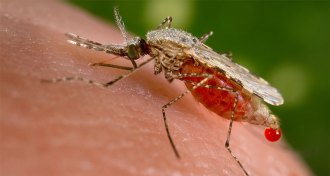 Genetics
GeneticsMosquitoes engineered to zap ability to carry malaria
Researchers have created a gene drive that prevents mosquitoes from carrying malaria.
-
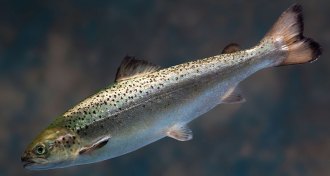 Science & Society
Science & SocietyGenetically modified salmon gets approval in U.S.
Fast-growing salmon become first genetically engineered animals approved for human consumption.
-
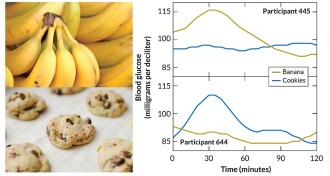 Health & Medicine
Health & MedicineA good diet for you may be bad for me
Eating the same foods can produce very different reactions in people.
-
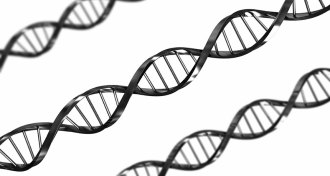 Genetics
GeneticsNew catalog of human genetic variation could improve diagnosis
Study of human protein-coding variation reveals which genes are more likely to be involved in genetic diseases.
-
 Life
Life‘Racing Extinction’ documents plight of endangered species
The new documentary "Racing Extinction" offers hope that people can halt the sixth mass extinction.
-
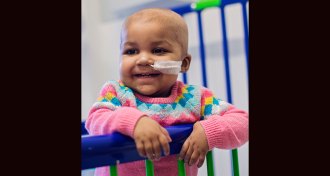 Life
LifeGene editing helps a baby battle cancer
Doctors used molecular scalpels to tweak T cells to target leukemia but not harm the patient.
-
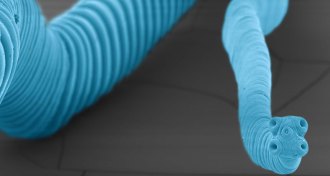 Health & Medicine
Health & MedicineParasite gives a man cancer
Tapeworms can kick parasitism up a notch to become cancer, a case in Colombia shows.